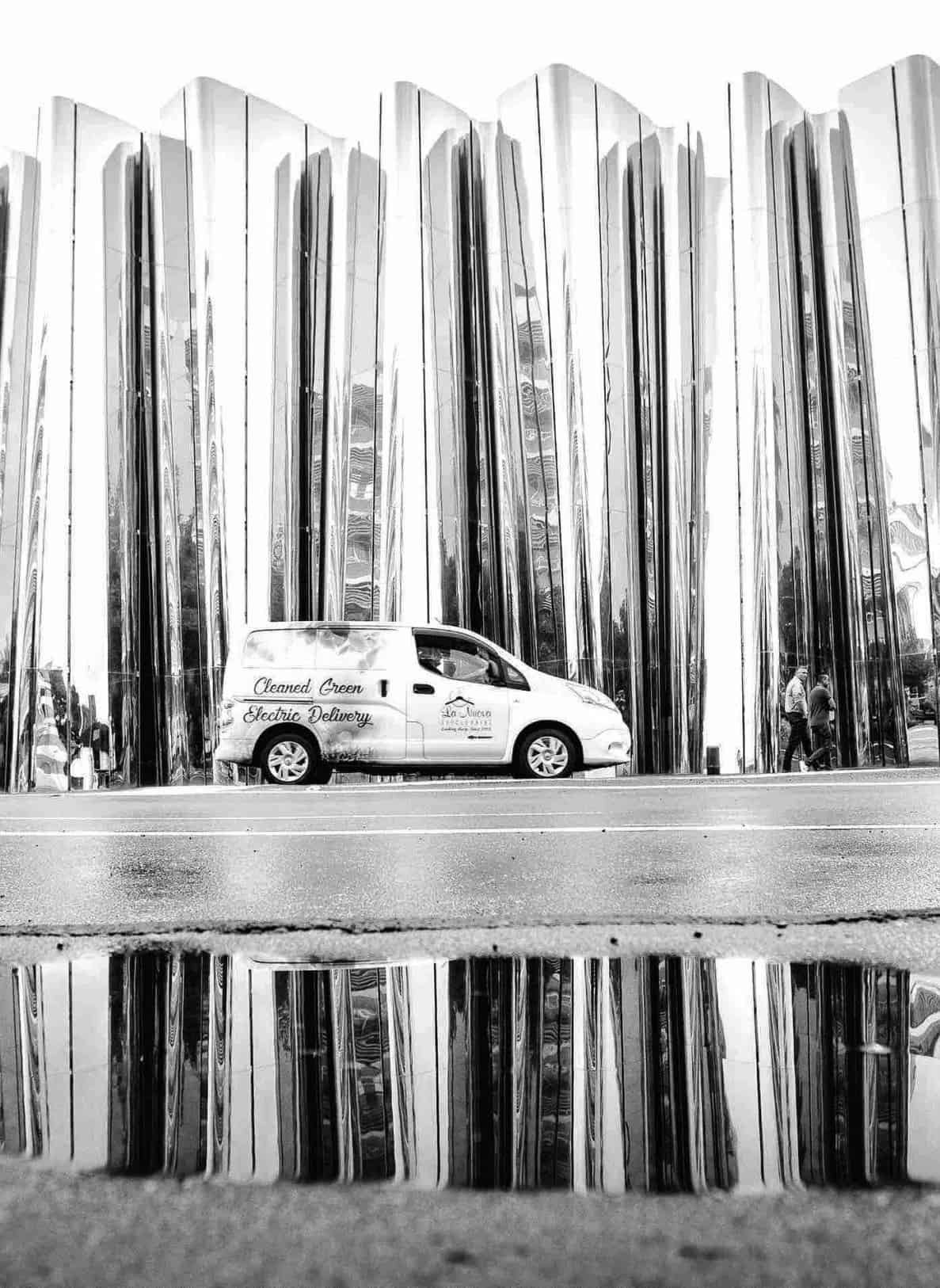Retail Dry Cleaning
For all your personal dry cleaning requirements pop into our New Plymouth, Hawera or Whanganui outlets. From wedding dresses and formal wear to our shirt and trouser service.
Pick up and delivery service available for homes and businesses in New Plymouth and Whanganui CBD.
What we can clean
Shirts, trousers, dresses, jackets, duvets, duvet covers, curtains, sports team kits, overalls, towels, sheets, pillow cases, sleeping bags, pillows and more.
We now can permanently add a small barcode to your clothing when you bring it in for cleaning, this means no more annoying tags that need removing after dry-cleaning. Ask in store today
Dry Cleaning pick up and drop off spots covering Taranaki & Whanganui
Dry cleaning is made easier with our dry cleaning delivery service
Stratford: Knit & Sew – Phone 06 765 4181
Midhurst: Midhurst Dairy – Phone 06 762 8844
Inglewood: Inglewood Hammer Hardware – Phone 06 756 8009
Eltham: Eltham 4 Square – Phone 06 764 5310
Bell Block: Bell Block Florist – Phone 06 755 0008
Opunake: Karams Clothes – Phone 06 761 8139
Patea: Patea Four Square – Phone 06 273 8333
Waverley: Dallisons – 06-346 5005
Manaia: Manaia 4 Square – Phone 06 274 8406
Kaponga: Kaponga Dairy – Phone 06 274 8175
Waitara: Waitara Post & Lotto – 06 754 8262
For helpful laundry tips and a guide to clothing care labels see our laundry hints and tips page.
Removing Smoke Smell
Had a fire and have clothing and other textiles you can’t get the smoke smell out of?
It might not just be smoke but other odours that you can’t seem to get rid off.
Contact us as we have a special piece of equipment that could help you get rid of those nasty smells.
Dry Cleaning Delivery Service
Can’t get out to drop off or pick up your dry cleaning? We’ll do it for you, our priority dry cleaning pick-up and delivery service is a live saver!
Conveniently delivered right to your workplace or home within the New Plymouth and Whanganui CBD. Call us about priority dry cleaning pick up and delivery service. Contact us today.
Some of the benefits:
- Convenience
- Drop off – no waiting
- Personalised bag
- Delivery service

What is Dry Cleaning?
You go into your local dry cleaning store, drop off your clothes, get your ticket, then drive away. A few days later, you return, pick up your clothes, pay the customer service representative, and drive away again. But, do you know what happened to your clothes while they were at the dry cleaning shop? Do you know what dry cleaning is and how it works?
A Brief History
Dry Cleaning dates back to ancient times, probably beginning with the advent of textile clothing itself. The ruins of Pompeii gives a record of a highly developed trade of *fullers* who were professional clothes cleaners. Lye and ammonia were used in early laundering, and a type of clay known as *fuller’s earth* was used to absorb soils and grease from clothing too delicate for laundering. There are many stories about the origin of dry cleaning, all centering on a surprise discovery when a petroleum-type fluid was accidentally spilled on a greasy fabric. It quickly evaporated and the stains were miraculously removed. The firm of Jolly-Belin, opening in Paris in the 1840s, is credited as the first dry cleaning firm.
Solvents
In spite of the name, dry cleaning is not completely dry. Fluids are used in the dry cleaning process. In the early days, garment scourers and dryers found several fluids that could be used as dry cleaning solvents, including camphene, benzene, kerosene, and gasoline.
Drycleaning Machines
There are various makes/models of Drycleaning machines. Despite the differences, all Drycleaning machines work on the same principle. A Drycleaning machine consists of four basic components:
- Holding or base tank
- Pump
- Filter
- Cylinder or wheel
The holding tank holds the drycleaning solvent. A pump is used to circulate the solvent through the machine during the cleaning process. Filters are used to trap solid impurities. A cylinder or wheel is where the garments are placed to be cleaned. The cylinder has ribs to help lift and drop the garments. The operation of the drycleaning machine is easy to understand.
Why the change?
- Environmental, Perc is known as a harmful marine pollutant when disposed of incorrectly. K4 on the other hand is an eco-friendly biodegradable solvent.
- Cleaning quality, since the change we have noticed an improvement in the quality of cleaning.
New Plymouth
Dry Cleaning
Corner of Eliot & Lemon Streets New Plymouth
Hawera
Dry Cleaning
41 Princes Street, Hawera